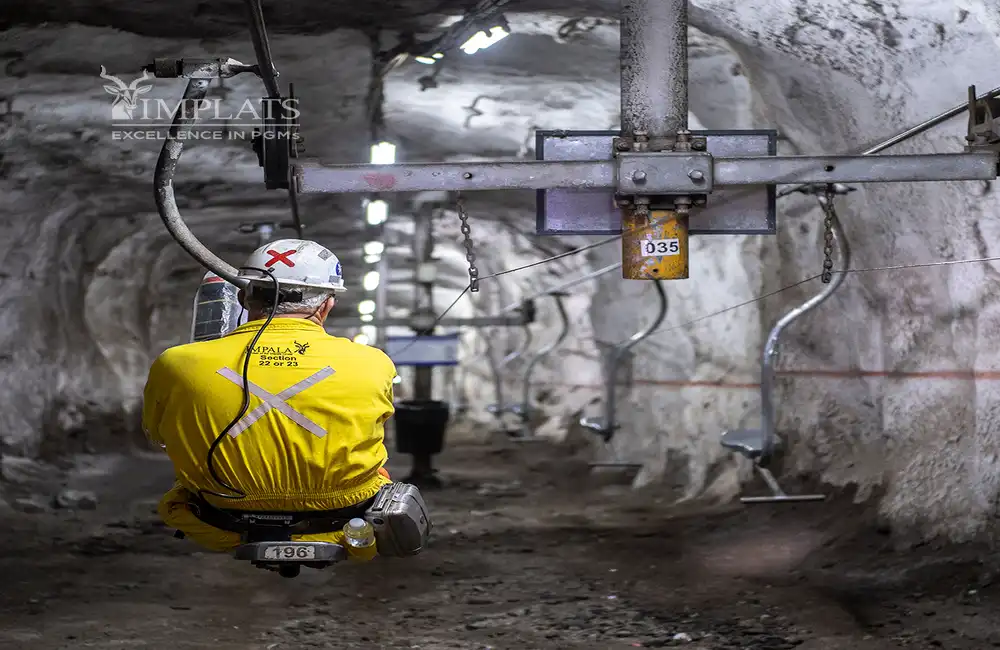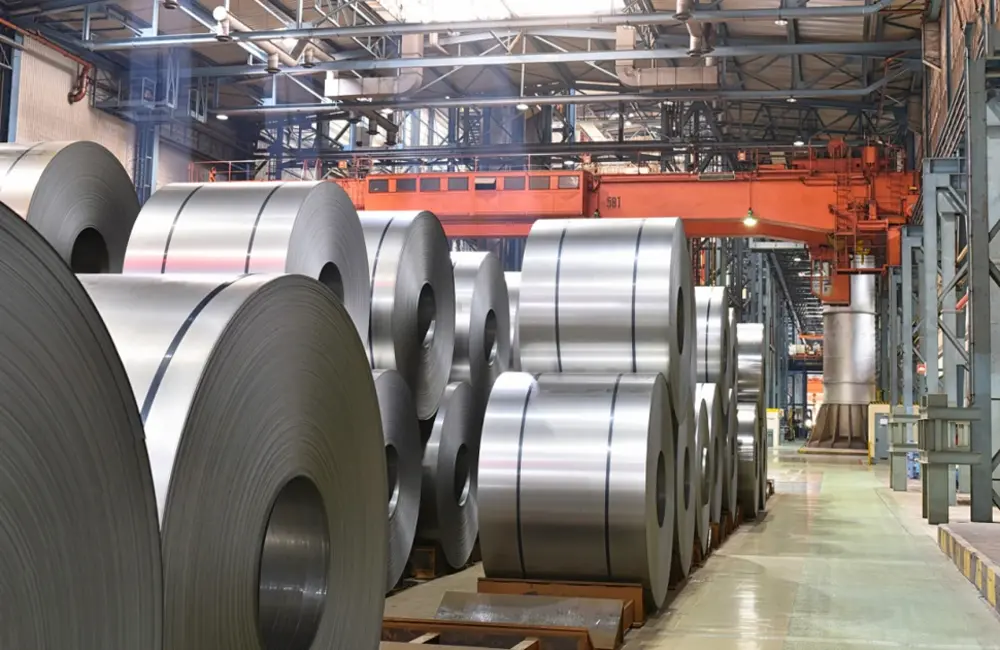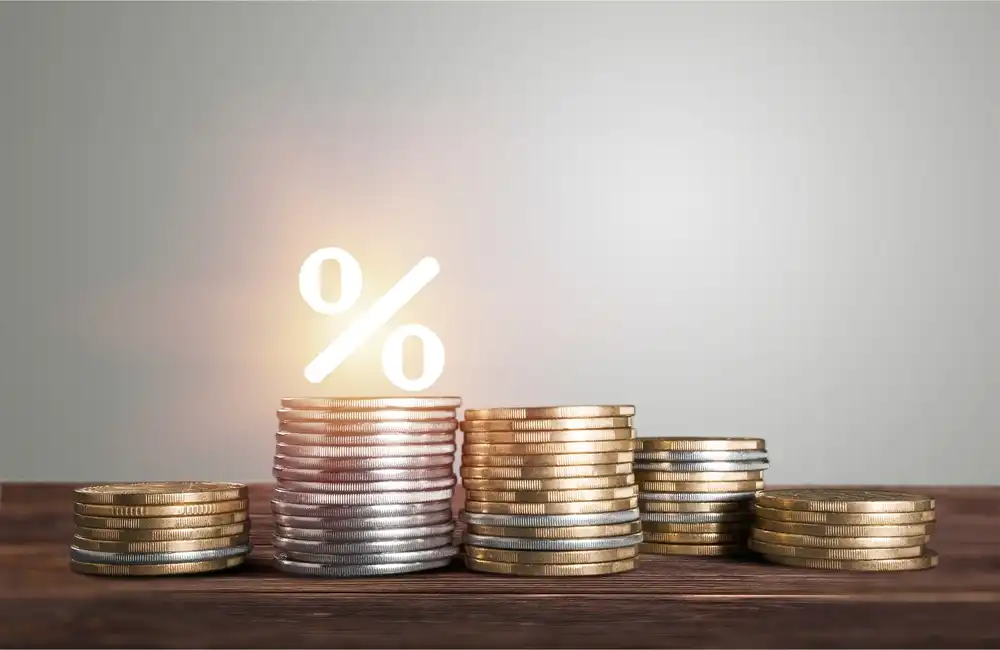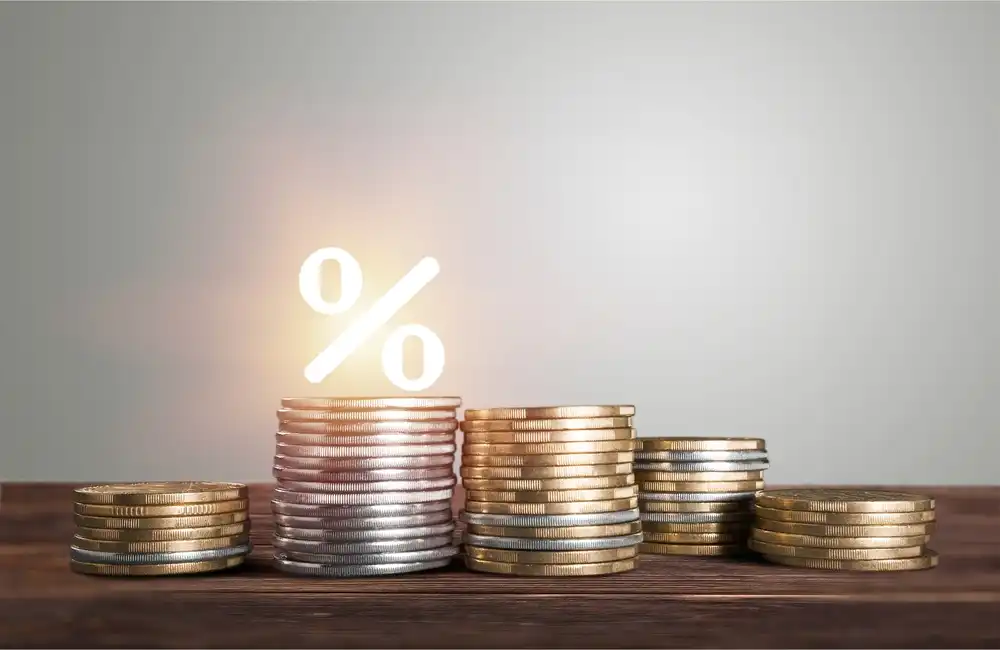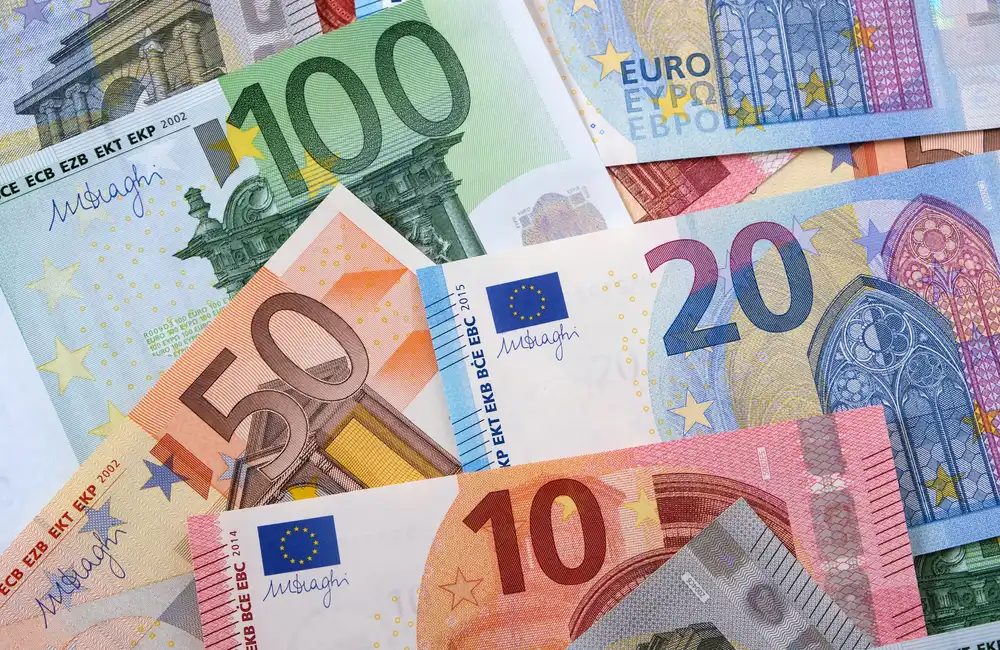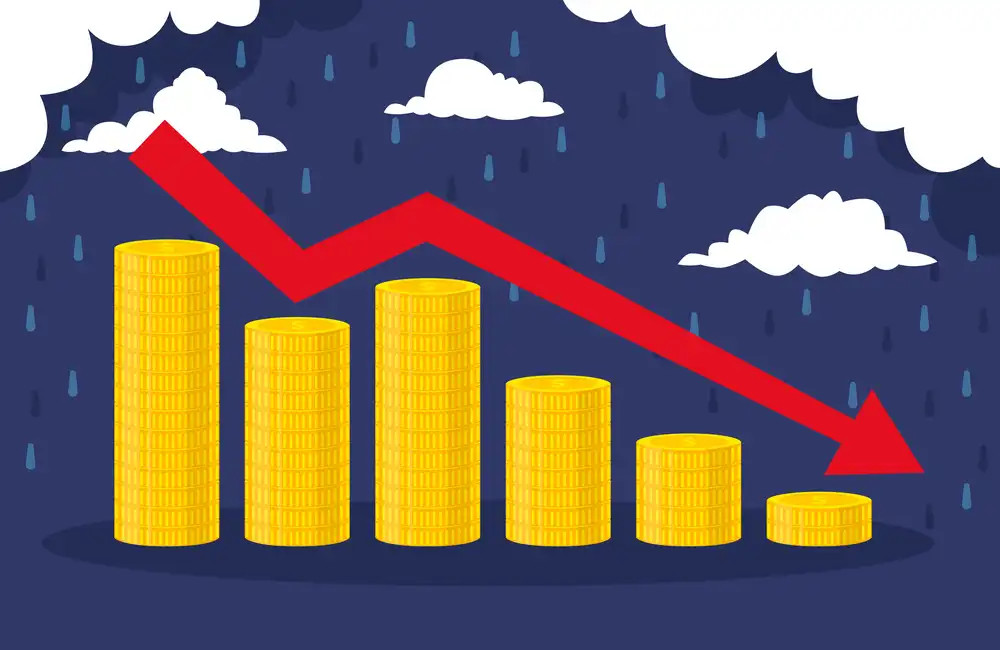Demand-led, lower availability and higher input costs are likely to push up stainless steel prices, industry sources have told S&P Global Commodity Insights in the week to March 4.
As global markets recover from the pandemic, stainless steel and other steel products have continued an upswing, with producers having booked their best earnings in recent memory last year.
Higher energy prices, however, were already a problem in the fourth quarter of 2021, forcing mills to raise prices. Even before the Russian invasion of Ukraine, the supply of key ingredient nickel was getting tight and pushing further inflation on energy prices.
The recent price jump demonstrates that the market is already factoring in some supply risk, a source from a major stainless steelmaker told Dow Jones.
If anything still disrupts supply, a scenario of 30k+ is possible, according to many analysts. We are not wiser in terms of the price development in a very volatile market,” he said.
Norilsk Nickel and Class 1 Nickel
Norilsk in Russia is the world’s second-largest Class 1 nickel exporter and constitutes roughly 50% of London Metal Exchange stocks. Under current conditions, 80,000 mt of Class 1 nickel is being managed with LME. It typically has a capacity of close to 200,000 mt.
Nickel Stocks
80%-90% scrap and about 10% Class 1 nickel are used to produce stainless steel products, and both products will grow along with the higher cost of energy.
"Nickel stocks in the EU, except several strategic companies which can import nickel from outside Russia, but certainly not huge quantities, can very quickly go below 40,000/mt, because in the moment we had a nickel price explosion back in 2006 reaching $55,000/mt, the stocks at LME were precisely at this level of 40,000 mt," a spokesperson for Euranimi, the European association of independent stainless steel and aluminum importers, told S&P Global.
“Maybe now can be worse: Russia/Belarus/Ukraine exports 150,000-200.000 mt/year scraps with 9%-10% nickel to Rotterdam. This works out to 200,000 mt tons of stainless steel production in round numbers," the spokesperson said.
Other sources said while prices can increase primarily based on higher energy costs, if Class 1 nickel supply gets particularly tight, “then major producers will get creative, as they have in the past to ensure production in support of market demand continues”.
“Nickel can be replaced by manganese in certain types of stainless steels – these grades containing manganese currently account for about 22% of stainless production,” the analyst said.
Exports
Eurofer data show Europe produced 6.76 million mt of stainless crude steel in 2019. Ukraine and Russia have no significant finished product exports to the EU in the flat products area, except for seamless tubes and hollow bars. The EU accounts for 20000-25000 of Ukraine's total barley exports. The other ~30,000 mt goes in billets to other mills.
A Euranimi spokesperson said exports of seamless tubes and hollow bars to the EU are of considerable volume.
Moreover, these products are already scarce in Europe and their imports from Asia are under antidumping restraints from China or severely scrutinized at customs, following a report by OLAF on alleged circumventions of AD measures.
The bulk of global nickel demand (around 70%) comes from the stainless steel sector. Alloys account for about 20 percent, and that type of demand may be the slowest to return to prepandemic levels.
Nickel is also expected to play an important role in the energy transition when the market for nickel-cobalt-aluminum batteries used in electric vehicles, about 10% of all nickel demand, expands.
Nickel Price
The LME three-month spot nickel price was trading at $29,690/mt as of 1424 GMT March 4, hitting $30,295/mt in intraday trading. Nickel previously closed above 30,000/mt in late-March 2008 at $31,450/mt.


